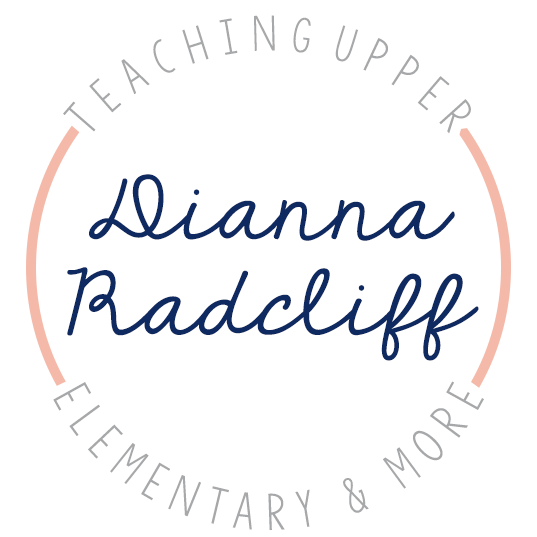
Hello Friends~
Welcome back for Week 4 / Chapter 4 of our Close Reading Book Study! I hope everyone is having a fabulous weekend!
Below is a direct link to the previous chapters in the book:
Chapter 1 {CLICK HERE}
Chapter 2 {CLICK HERE}
Chapter 3 {CLICK HERE}
Chapter 1 {CLICK HERE}
Chapter 2 {CLICK HERE}
Chapter 3 {CLICK HERE}
Make sure that you visit each participants blog to see what they have to share about each chapter. Don’t forget to enter our raffle each week as well!
Chapter 4
If You Build It
A Study of Structure
This chapter is about Close Reading for Structure. The chapter begins with describing organizational choices. There are three main ways of talking about structure:
- Teach students to talk about the genre as a structure.
- Teach students to talk about the location of parts within a larger whole.
- Teach students to talk about the techniques an author uses when structuring parts of the text.
As many of us know, in each grade level, structure is written all over the standards. Not only in reading, but writing too. This chapter talks about introducing this to students through a variety of media sources. Specifically, the structure of video games. Which I thought, what a great idea, you know they know every level of each game these days. Then bring the connection to a narrative piece from there. Then the chapter went into to analyzing structure & theme together. After that the chapter went into discussing how to analyze structure in informational texts. I made a big connection to this part of the chapter because my close reading experiences are with informational text.
The authors stated in Fig. 4.9 {for Informational Texts}…
Reading Closely for STRUCTURE
- Read through lenses.
Decide how you will describe the organization of the text:
Describe the techniques the author uses:
- Definition of a term
- Comparisons
- Cause or effect
- Description
- Anecdote
- Claim
Then describe the purpose of that organization:
- To present a cause for an effect
- To make a complex idea more concrete
- To provide context
- To clear up misconceptions
- To develop a reader’s expertise
(Lehman & Roberts, 2014, p. 69)
This figure I will be able to use when I am doing Close Reading with Information Texts with my small groups. I love the layout & it is clear to me on how to scaffold my instruction with students.
The chapter concluded with some extensions & support for Close Reading of Structure.
Question #1: When reading Fig. 4.2, how does this compare to your current instruction?
Let’s start this answer with showing you the figure…
The authors stated in Fig. 4.2…
Reading Closely for STRUCTURE
1. Read through lenses.
Decide how you will describe the organization of the text:
One way is the techniques the author uses
- Descriptions
- Dialogue between characters
- Flashbacks
- Definition of a term
The describe the purpose of that organization:
- To set the stage
- To reveal
- To create suspense
2. Use the lenses to find patterns.
- How are the parts similar?
- How are the parts different?
- What purpose do the parts serve?
3. Use the patterns to develop a new understanding of the text.
Look at patterns to think about:
- A character’s: development
- A whole texts: themes, central ideas, author’s purpose
(Lehman & Roberts, 2014, p. 54)
I have never done Close Reading with Literature before so this would all be new to me. As a teacher I see things in this figure that we teach separately during whole & small groups. As well as things we link together when teaching certain standards as a pair. This is definitely something I will keep near me to refer to as I am teaching Literature this year. It again, seems clear to me & will help me integrate this type of instruction in my small groups.
Question #2: How does this connect or add to how we have taught students to read closely before?
As I stated above, many of these things we teach through our standards in whole or small group. But, I never have used this type of structure while teaching the standards or linked them together like this. It actually makes me excited to use the above figures while teaching Close Reading as my guide. This chapter will help me because my students have a hard time with structure, theme & central message. I’m hoping that all of this helps my students in gaining a deeper understanding of the standards being taught as well. I’m going to work really hard at digging deeper into the standards & linking them together as above.








